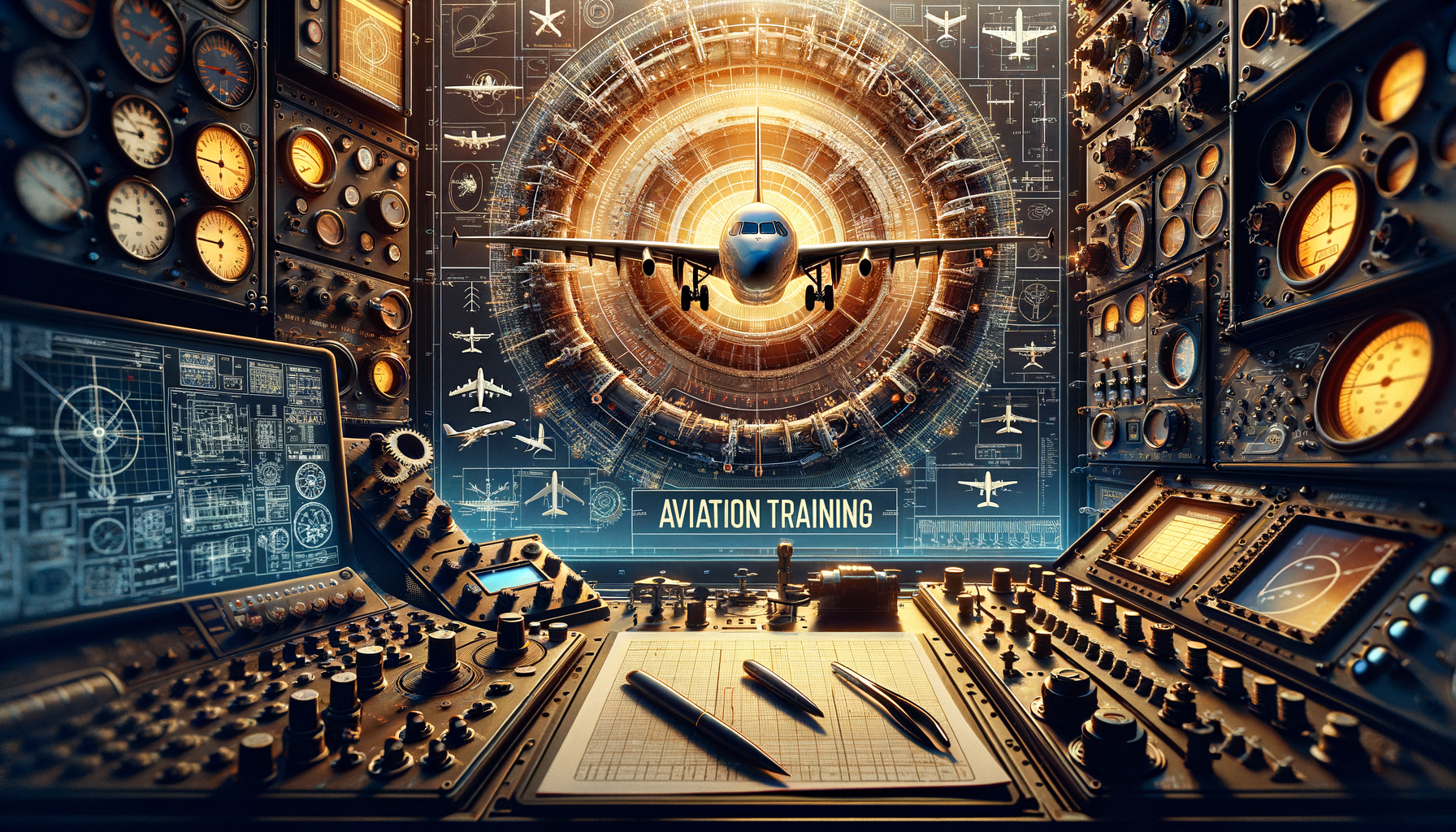
Aviation Trainings in the USA! Companies are offering
Understanding the Basics of Aviation Training
Aviation training is a comprehensive process designed to equip individuals with the necessary skills and knowledge to operate or manage aircraft safely. This training is crucial for aspiring pilots, flight attendants, air traffic controllers, and other aviation professionals. The process typically involves a combination of theoretical instruction and practical experience. Understanding the basics of aviation training is essential for anyone considering a career in this field.
Theoretical instruction covers a broad range of topics, including aerodynamics, navigation, meteorology, and aviation regulations. These subjects provide a foundational understanding of how aircraft operate and the rules governing aviation. Practical experience, on the other hand, involves hands-on training in simulators and actual aircraft. This part of the training is designed to build confidence and competence in handling real-life situations.
For pilots, training often starts with obtaining a private pilot license, which requires a minimum of 40 flight hours and passing a series of exams. From there, aspiring pilots can pursue additional certifications for commercial flying or specialized skills like instrument ratings. Flight attendants undergo a different type of training focused on safety procedures, customer service, and emergency response. This training is typically provided by airlines and lasts several weeks.
Aviation training also emphasizes the development of soft skills, such as communication, teamwork, and problem-solving. These skills are vital for ensuring the safety and comfort of passengers and crew. Overall, aviation training is a rigorous but rewarding process that opens the door to a wide range of career opportunities in the aviation industry.
Comparing Different Aviation Training Programs
When it comes to aviation training, there are several programs available, each catering to different career paths and skill levels. Choosing the right program depends on your career goals, budget, and time commitment. In this section, we’ll compare some of the most popular aviation training programs to help you make an informed decision.
Flight schools are a common starting point for aspiring pilots. These schools offer various programs, from private pilot licenses to advanced commercial pilot training. Many flight schools also provide specialized courses, such as multi-engine ratings or flight instructor certifications. The cost of flight school can vary significantly, with factors like location, aircraft type, and instructor experience affecting the overall expense. However, flight schools offer flexible schedules, allowing students to progress at their own pace.
For those interested in a career as a flight attendant, airlines typically provide their own training programs. These programs are intensive and focus on safety procedures, customer service, and emergency response. Airline training programs are usually shorter than flight school programs, lasting anywhere from a few weeks to a couple of months. The advantage of airline training is that it’s often provided at no cost to the trainee, and successful completion usually leads to employment with the airline.
Another option for aviation training is enrolling in a college or university with an aviation program. These programs offer a more academic approach to aviation education, combining classroom instruction with practical flight training. College aviation programs often lead to a degree, which can be beneficial for career advancement. However, they typically require a longer time commitment and can be more expensive than other training options.
Ultimately, the right aviation training program depends on your individual needs and goals. Consider factors like cost, duration, and career prospects when choosing a program. With the right training, you can achieve your aviation career aspirations and enjoy a fulfilling future in the skies.
The Future of Aviation Training: Innovations and Trends
Aviation training is continuously evolving, with new technologies and trends shaping the future of the industry. Staying informed about these innovations is crucial for aspiring aviation professionals seeking to remain competitive in a rapidly changing field. In this section, we’ll explore some of the most exciting developments in aviation training.
One of the most significant trends in aviation training is the increased use of virtual reality (VR) and augmented reality (AR). These technologies offer immersive training experiences, allowing students to practice complex procedures in a safe and controlled environment. VR and AR can simulate various scenarios, from cockpit emergencies to passenger interactions, providing valuable hands-on experience without the risks associated with real-life training.
Another innovation in aviation training is the use of artificial intelligence (AI) and machine learning. These technologies can analyze vast amounts of data to identify patterns and trends, helping instructors tailor training programs to individual needs. AI can also be used to develop adaptive learning systems that adjust the difficulty of training exercises based on a student’s performance, ensuring optimal learning outcomes.
Remote learning is also gaining popularity in aviation training, offering greater flexibility and accessibility for students. Online courses and webinars allow students to study at their own pace and from any location, making aviation training more accessible to a broader audience. This trend is particularly beneficial for those with busy schedules or living in remote areas.
Finally, sustainability is becoming an increasingly important focus in aviation training. As the industry moves towards greener practices, training programs are incorporating lessons on fuel efficiency, emissions reduction, and sustainable aviation technologies. This shift not only prepares students for the future of aviation but also aligns with global efforts to combat climate change.
The future of aviation training is bright, with new technologies and trends offering exciting opportunities for aspiring aviation professionals. By staying informed about these developments, you can ensure you’re well-prepared for a successful career in the ever-evolving aviation industry.


